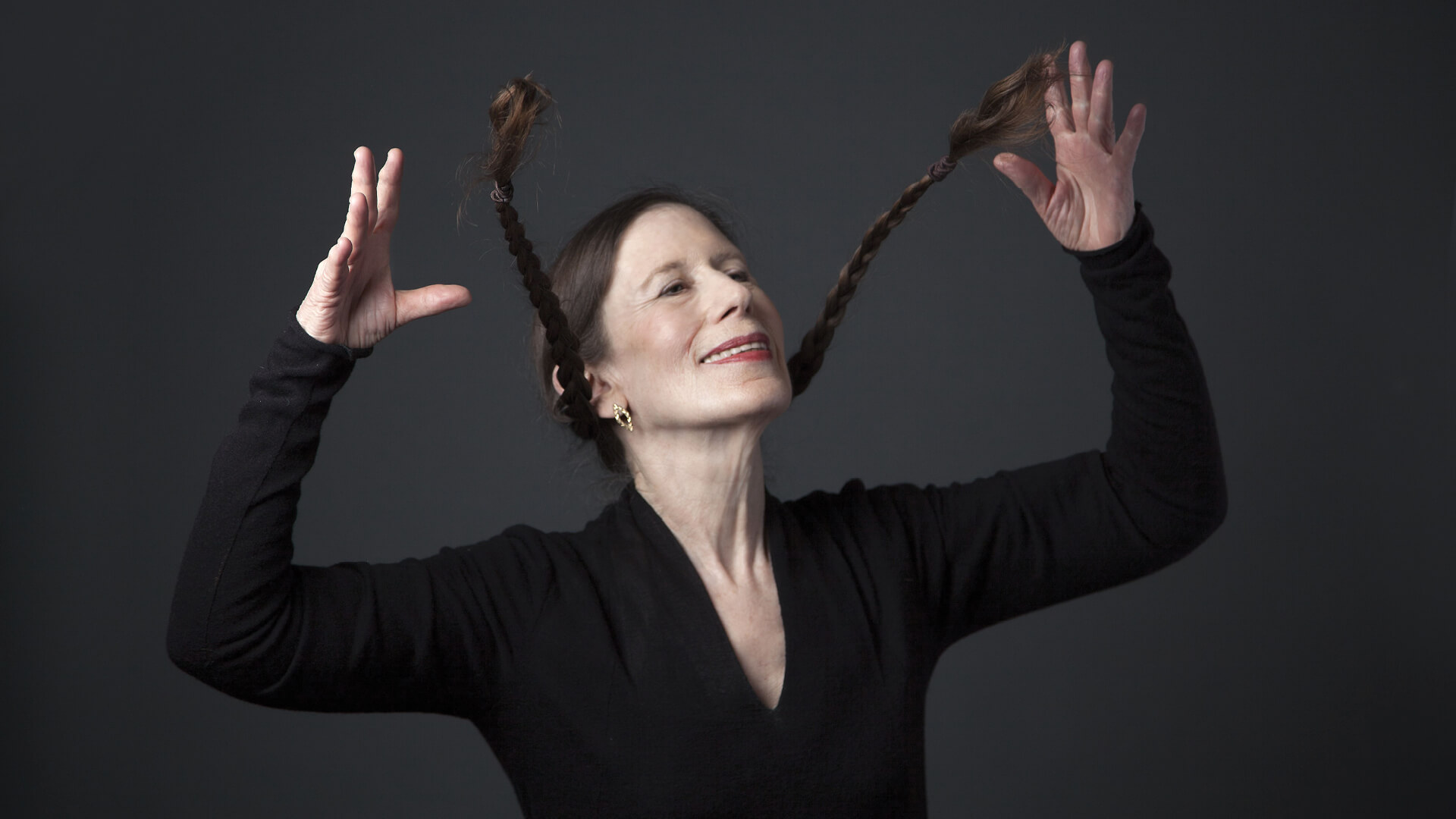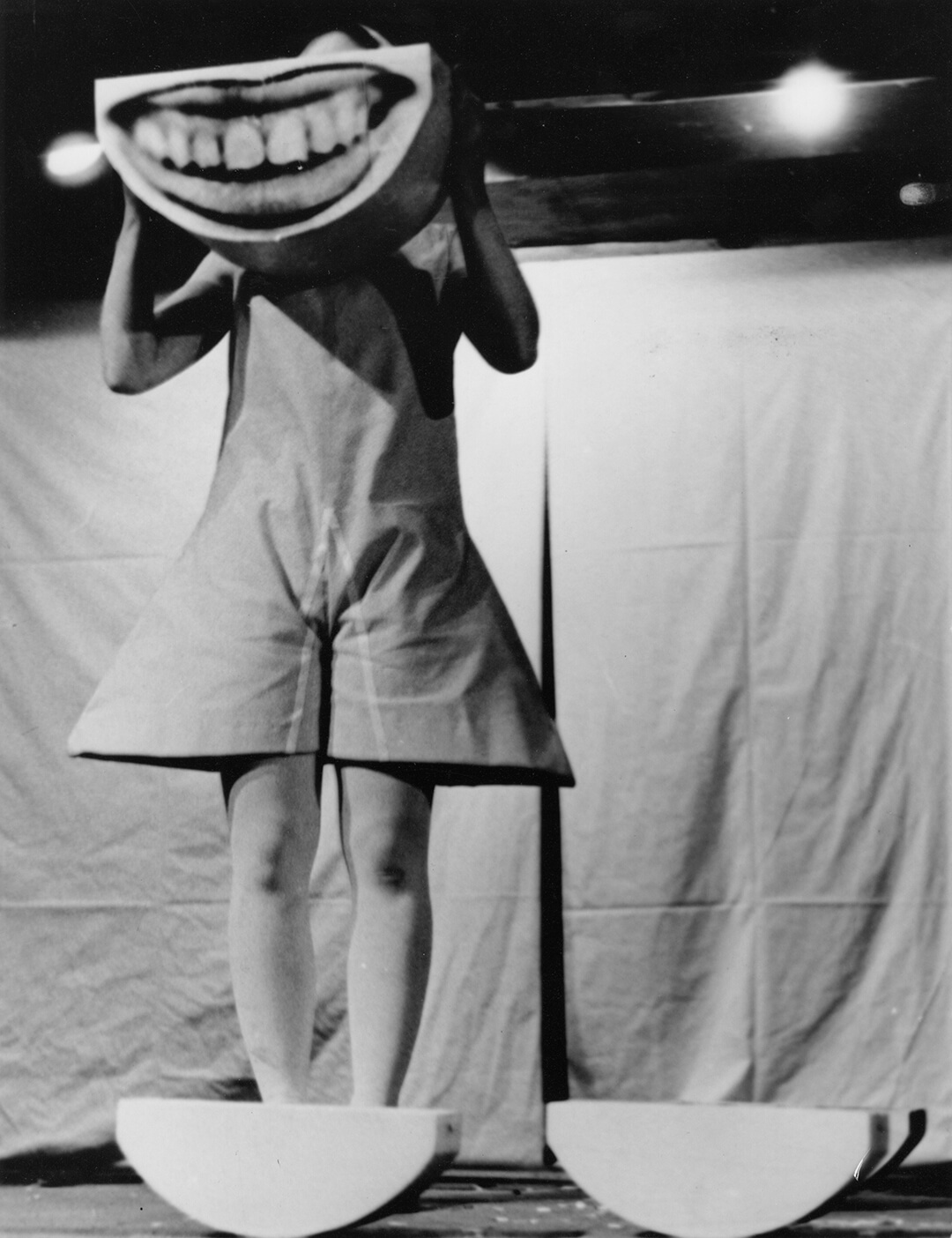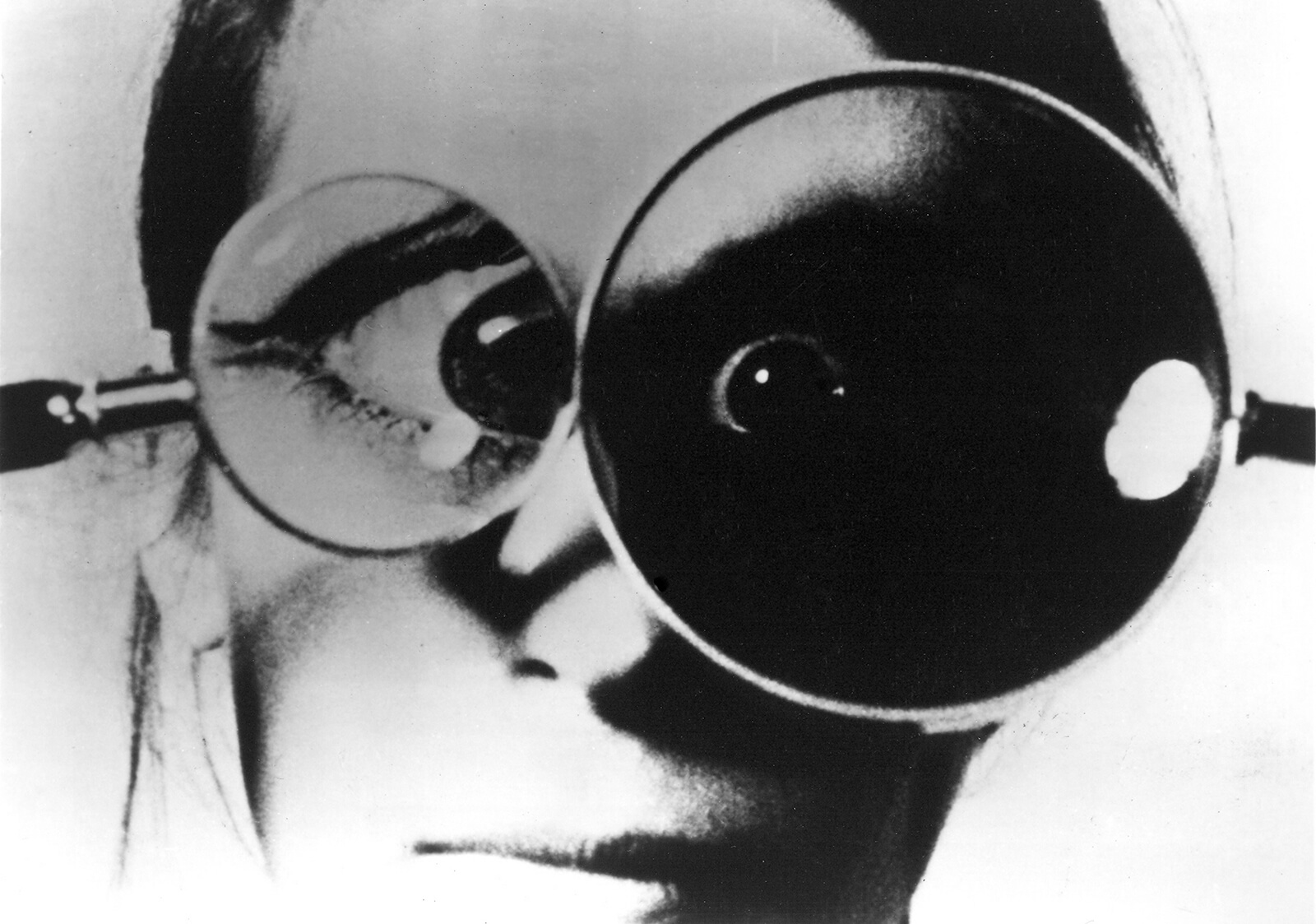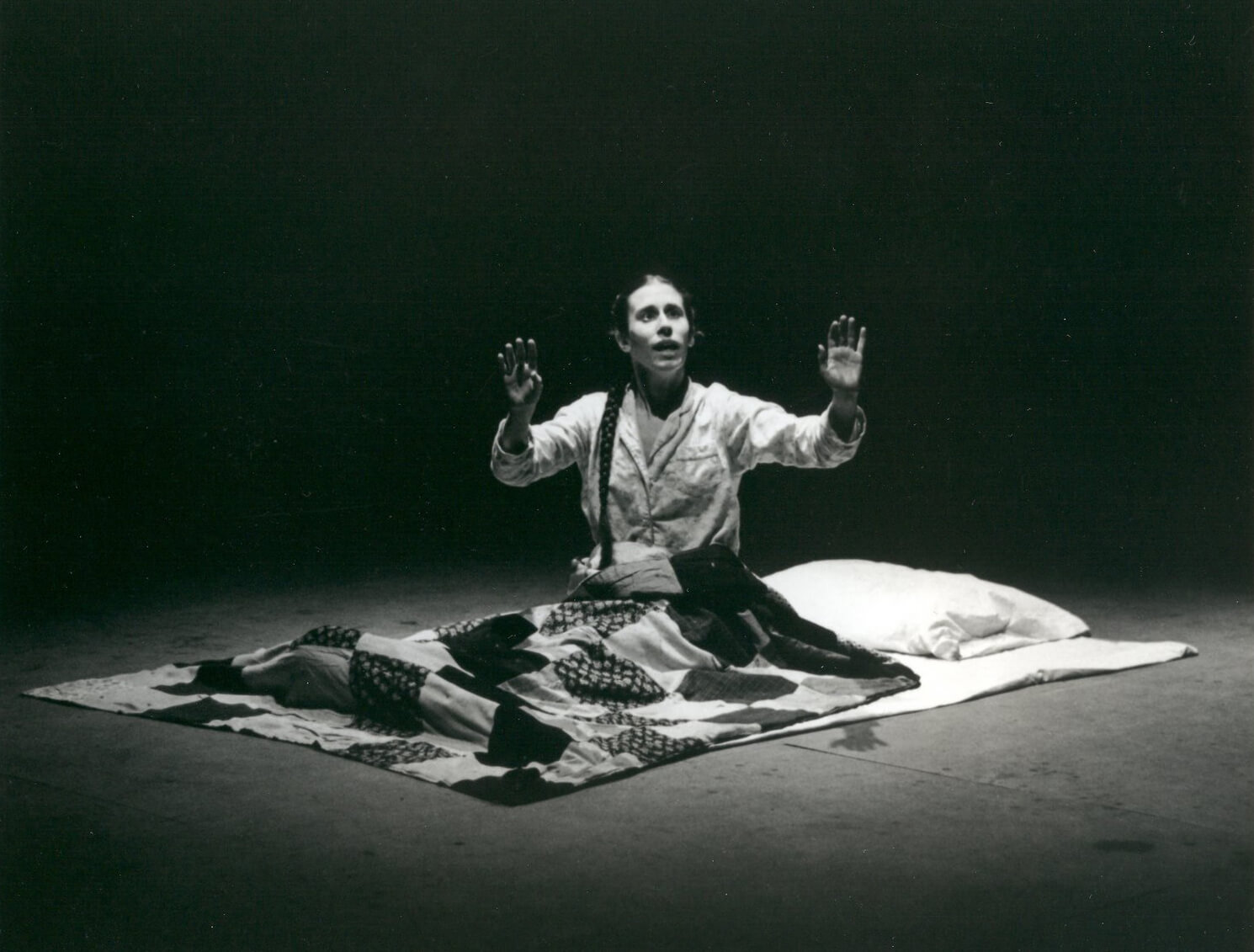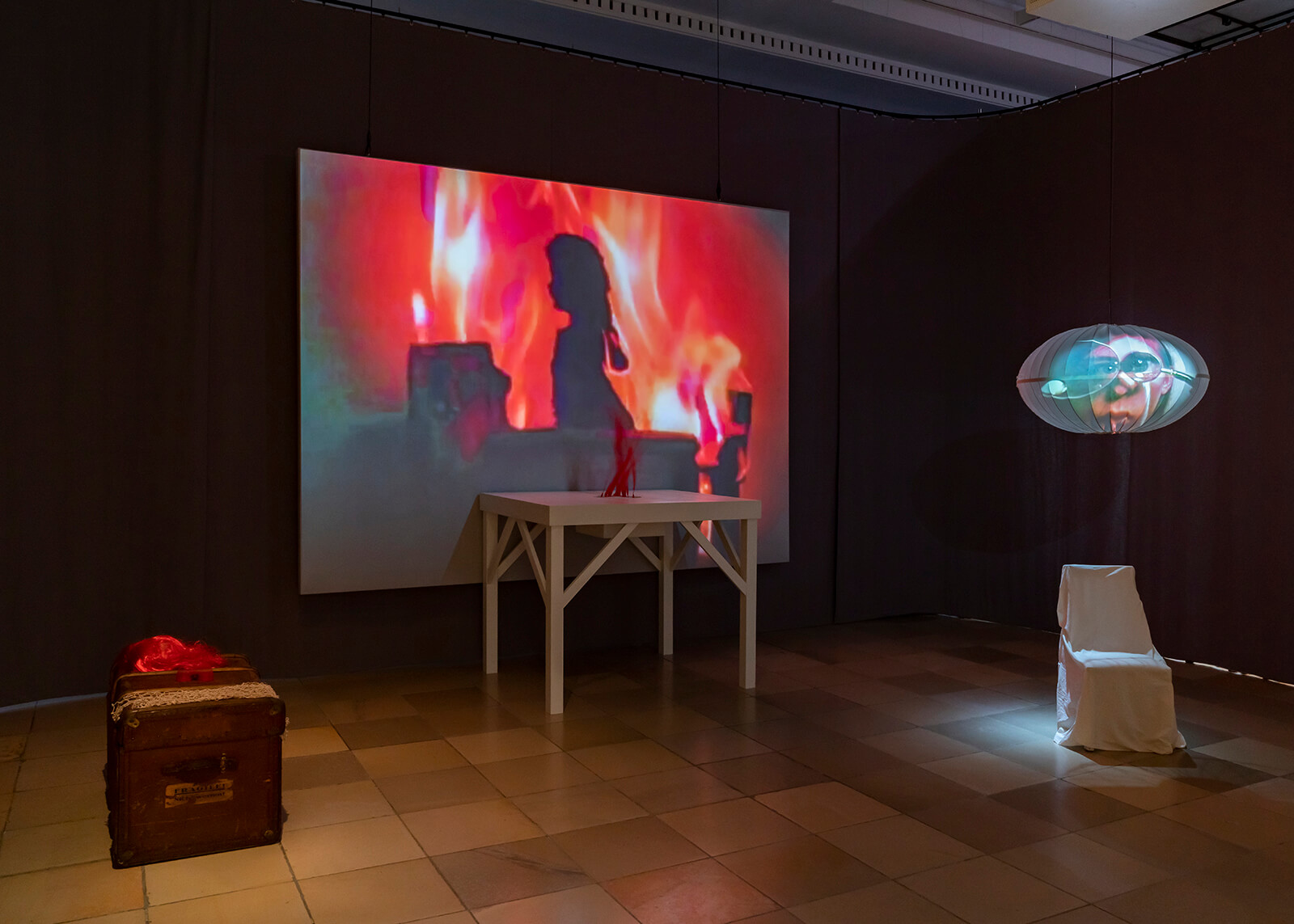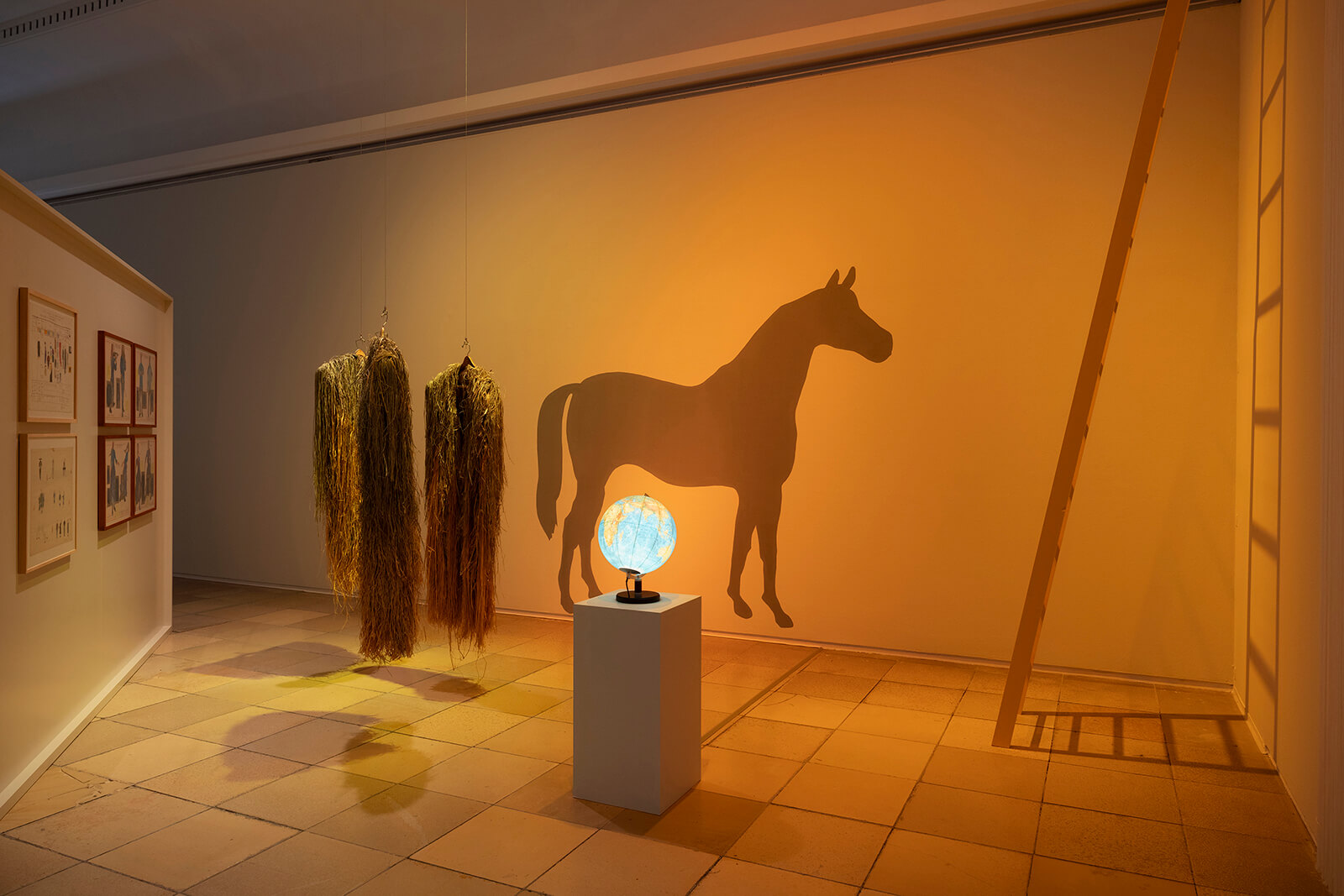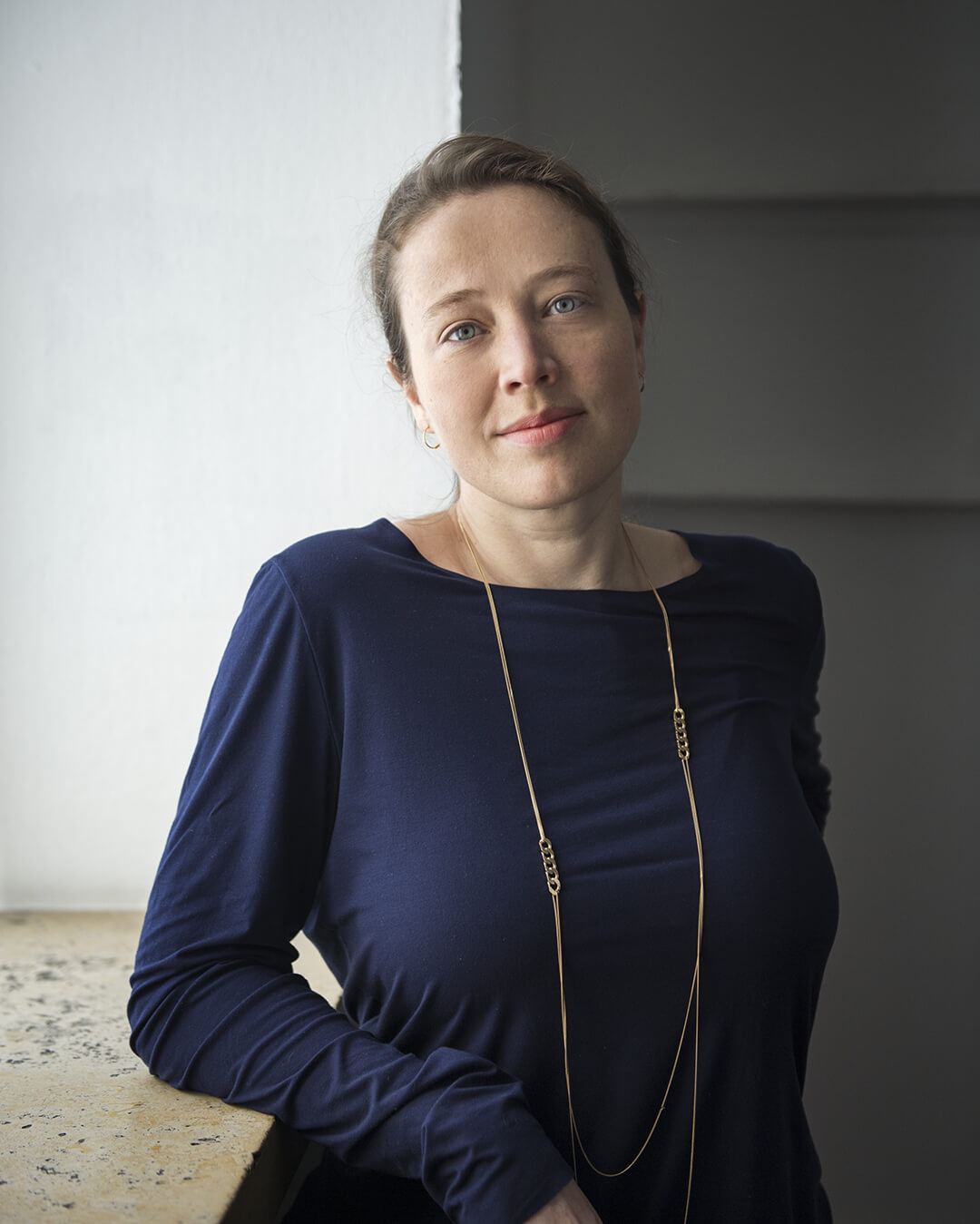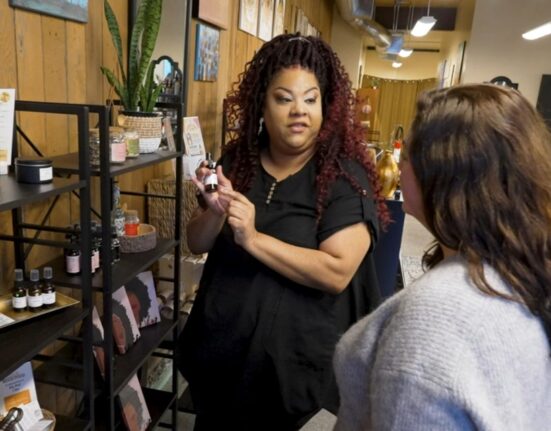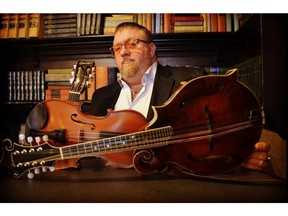“I work in between the cracks, where the voice starts dancing, where the body starts singing, where theatre becomes cinema.”
-Meredith Monk
Meredith Monk has recently undertaken Indra’s Net—an immersive performance art piece exploring life’s interconnectedness—at the Holland Festival in Amsterdam. Now 80, the celebrated American composer, performer, director, vocalist, filmmaker, and choreographer continues to combine several mediums in practice that have remained distinct since the release of her first album, titled Dolmen Music (1979). However, Monk was participating in theatre performances even before this album, and sporadically, conversations around the artist tend to omit the wider breadth of her contributions to American art beyond her music.
Haus der Kunst, in Munich, Germany, is currently exhibiting Meredith Monk. Calling, from November 10, 2023 – March 3, 2024, presenting the largest-ever survey of the artist. The art exhibition is curated by Assistant Curator Anna Schneider with Associate Curator Teresa Retzer. Schneider discusses the exhibition, in an interview with STIR, alongside the influence that Monk’s music has had on other facets of her practice.
Monk elucidates her sound as “folk music from another planet.” Schneider too, makes it a point to mention this at the outset of our interview. “It describes the experience of listening to her music quite well and also speaks to the way she relates to global folk music traditions, from English ballads to Native American folk to Gregorian choirs and Tibetan chants. She has often referenced the folk tradition as an important quality that she is aiming for in her music,” she tells STIR.
However, one wonders how the folk sensibilities imbibed by the American artist have informed her multimedia installation works. Schneider notes, “In the first section of the exhibition, Time Capsules, three of Meredith Monk’s early key performance artworks that she translated into multimedia installations have been reconstructed: 16 Millimeter Earrings, Juice, and Quarry. Each of them includes audio of her singing what might be considered folk-inspired songs.” The curator mentions that these are Nota, Porch, and Gotham Lullaby, and tells STIR that she finds it fascinating that Monk’s synthesis of performance art, object making, music, and film all weave into her folk sensibility.
Turning to her video work, the curator brings to our attention Monk’s breakthrough performance piece, titled 16 Millimeter Earrings, which features a version of the English ballad Greensleeves. In Schneider’s opinion, Monk’s vocabulary as a vocalist includes techniques that incorporate rhythm and repetition, which one may often find mirrored in her video art.
The influence that Monk’s music has had on other aspects of her practice extends into Haus der Kunst’s exhibition as well. Calling seeks to replicate the sense of ‘active listening’ that is considered essential for engaging with Monk’s music, expanding it as a method to engage with the artist’s wider oeuvre. Here, the term ‘active listening’ refers to a way of listening that seeks to pick up on changes and nuances that an artist incorporates into their singing. As the British music critic Tom Service wrote of Monk, “She wants her pieces to give her listeners an alternative vision of concentration and attention amid the ever-diminishing and ever-increasing speed of the world around us.” This tendency towards engendering a peaceful, focused state extends to the curatorial strategy of Calling, which Schneider expands upon, saying, “In the process of developing this exhibition, Monk and I discussed her intention that visiting the museum show should feel like an antidote, a breathing space from the noise, violence, and injustice of our world. Monk’s multimedia installation pieces allow for a meditative and immersive experience in which different understandings of time and life cycles converge into each other: transgenerational, archaeological, or biological; the past and the future merge in Monk’s pulsing voice.”
Haus der Kunst’s offering treats audiences to Monk’s wide-ranging interdisciplinary art practice, wherein each portion of the oeuvre is interconnected, carrying the same essential sensibility across her visual art, installation art, and music. In Schneider’s words, “It is remarkable that she found a very distinct language, profound yet playful. Her interdisciplinary approach can translate into different forms without ever compromising its integrity.” The museum’s presentation serves a dual purpose: it introduces newer audiences in Europe to the practice of one of the most celebrated living American artists and simultaneously prompts those who are familiar with Monk’s music to explore her wider body of work, seeking out her inimitable folk sensibility in everything she produces.

